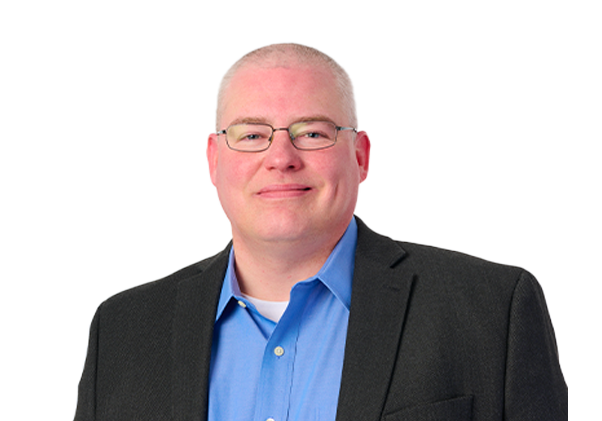
Mapping the Neurons of the Rat Heart in 3D
An interdisciplinary team of researchers, including MBF Bioscience’s Dr. Susan Tappan and Maci Heal, have created a fully reconstructed, virtual 3D

TissueMaker automatically creates full-resolution 3D reconstructions of entire organs or other structures from serial sections or whole slide images. Simply load high resolution images of serial sections acquired from a slide scanner or research microscope, then let the software do the work of automatically aligning sections and reconstructing the specimen in 3D.
With just a glance and full anatomical context, you can identify cells or structures that express a particular gene or visualize morphologies that span multiple individual fields of view. Use TissueMaker to assist you with cell mapping, cytoarchitectonics and other characteristics of organs or structures to create a comprehensive anatomical reference.
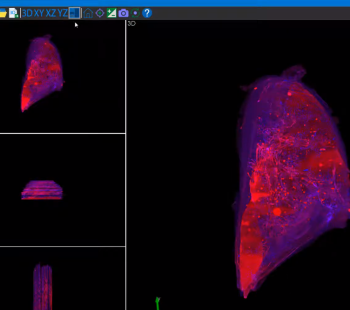
TissueMaker generates high-resolution 3D volume reconstructions from serial sections imaged using whole slide scanners and research microscopes. Load the images into TissueMaker and then direct your attention to other projects while TissueMaker automatically detects the individual sections on each slide, and then aligns the sections to create the full 3D organ reconstruction. Image features found in multiple serial sections are automatically aligned using innovative computational algorithms.
It's fast. And it's smart. If you mounted a section upside down, TissueMaker automatically corrects it during the alignment process. If additional adjustments need to be made to the automatic alignment, you can easily edit the 3D reconstruction.
| Minimum Hardware Requirements |
|---|
| 64-bit Windows 10 operating system |
| 8-core processor |
| Solid state drive(s) |
| NVIDIA 1060 graphics card (1060=6GB) |
Compatible image file formats: View PDF
Mapping the Neurons of the Rat Heart in 3D
>> Learn More
A GPS for the brain and so much more
>> Learn More
Download TissueMaker product sheet here.
Use the 3D anatomical reference created with TissueMaker to make measurements within the entire organ, something that is not possible using the serial sections directly. Analyze the size and shape of structures within the 3D reconstruction using Neurolucida 360. Or assess cell distribution within a region using stereology with Stereo Investigator.
In this video, spinal cord sections were aligned using TissueMaker to visualize the rostro-caudal distribution of sensory inputs from the LUT. CTB-labelled LUT afferents in the sacral dorsal commissural nucleus and sacral preganglionic nucleus were detected and further analyzed in Neurolucida 360 and Neurolucida Explorer.
Read the paper: https://doi.org/10.1523/ENEURO.0364-21.2021
Video Courtesy: Drs. Fuller-Jackson, Osborne, and Keast at the University of Melbourne
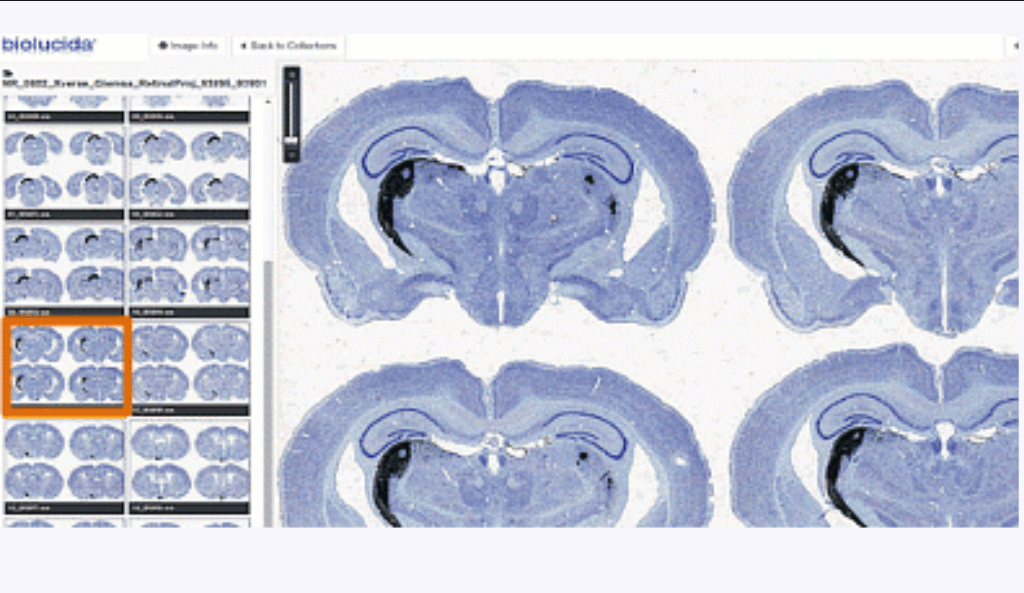
TissueMaker includes a highly versatile 3D visualization environment suitable to most microscopy images, with state-of-the-art functionalities to support your analysis and publication needs.
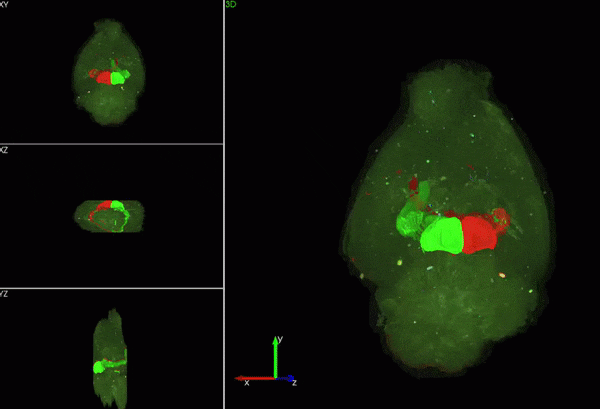
We support open science through data sharing, accessibility, integrity, and reproducibility. The published MBF Bioscience digital reconstruction data file format, the Neuromorphological File Specification, was recently endorsed as a standard by the International Neuroinformatics Coordinating Facility (INCF).
The data elements in this file format were implemented specifically to ensure that files produced in TissueMaker are findable, accessible, interoperable, and reusable (FAIR). TissueMaker embraces open science data standards and provides microscopy image and experimental data provenance to enhance the ease of repurposing data generated with TissueMaker. Encoded in the well-recognized and readable XML format, the modeling elements specify anatomical information in a calibrated 3D coordinate system with appropriate units. To learn more about the key elements of the file format and its relevant structural advantages, read our publication.
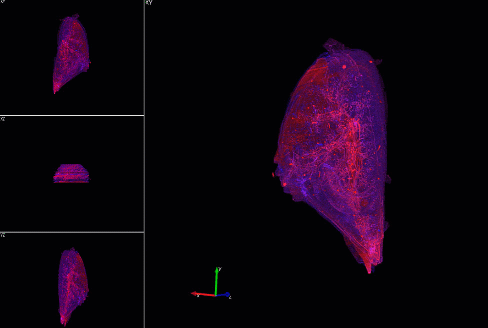
TissueMaker is used across the globe by the most prestigious laboratories.









An interdisciplinary team of researchers, including MBF Bioscience’s Dr. Susan Tappan and Maci Heal, have created a fully reconstructed, virtual 3D

FOR IMMEDIATE RELEASE MBF Bioscience Williston, VT – January 9, 2019 – MBF Bioscience is pleased to announce our participation in the Stimulating
MBF’s software utility is underscored by the number of references it receives in the worlds most important scientific publications.
Wang, Z., D. Zheng, et al.
Enabling Survival of Transplanted Neural Precursor Cells in the Ischemic BrainView Publication
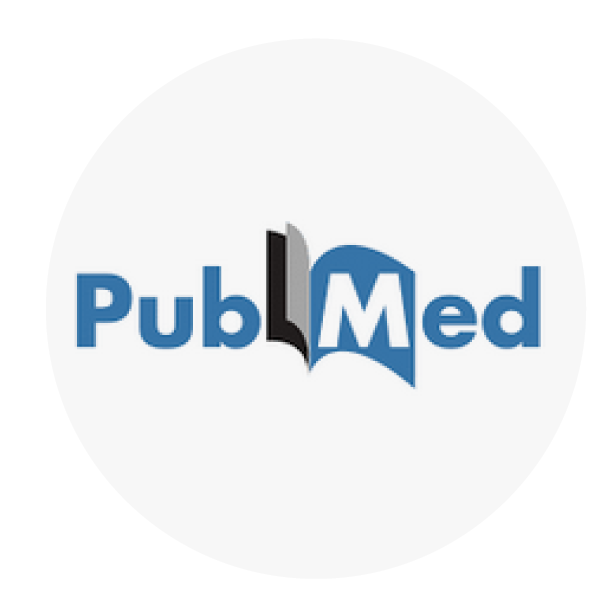
da Silva, S. P., C. C. M. de Castro, et al.
Neuropathological and sociodemographic factors associated with the cortical amyloid load in aging and Alzheimer’s diseaseView Publication
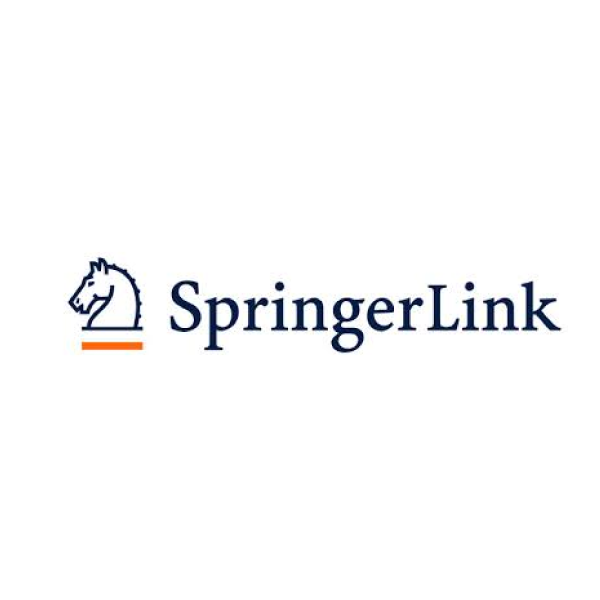
Jovanoski, K. D., L. Duquenoy, et al.
Dopaminergic systems create reward seeking despite adverse consequencesView Publication
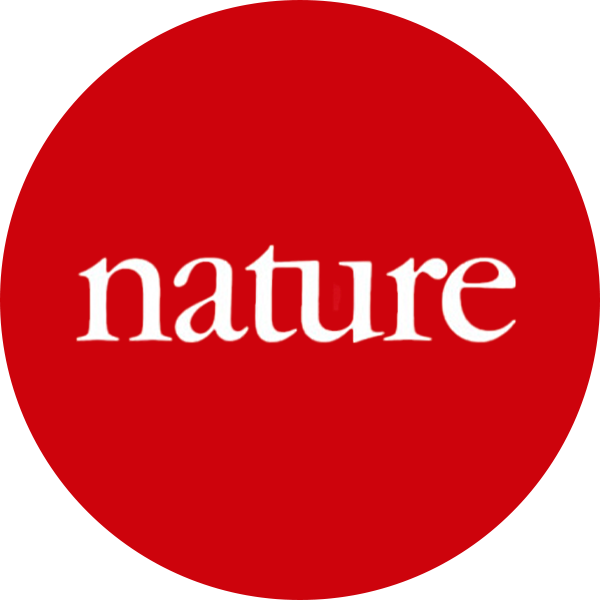
Gergues, M. M., K. J. Han, et al.
“Circuit and molecular architecture of a ventral hippocampal network.”View Publication
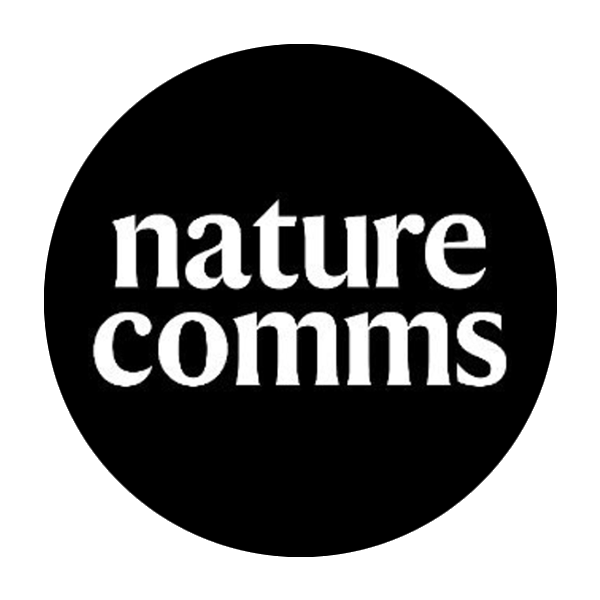
Lindberg, P. T., J. W. Mitchell, et al.
“Pituitary Adenylate Cyclase-Activating Peptide (PACAP)-Glutamate Co-transmission Drives Circadian Phase-Advancing Responses to Intrinsically Photosensitive Retinal Ganglion Cell Projections by Suprachiasmatic Nucleus.”View Publication
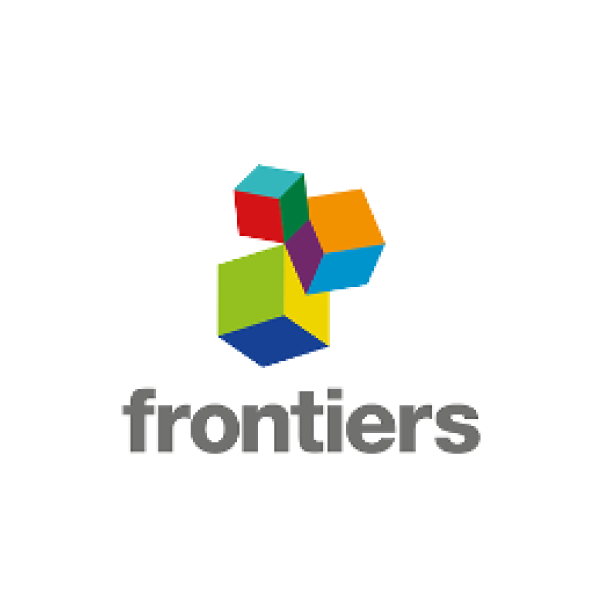
Zhang, L., V. S. Hernandez, et al.
"Behavioral role of PACAP signaling reflects its selective distribution in glutamatergic and GABAergic neuronal subpopulations." eLife 10: e61718.View Publication
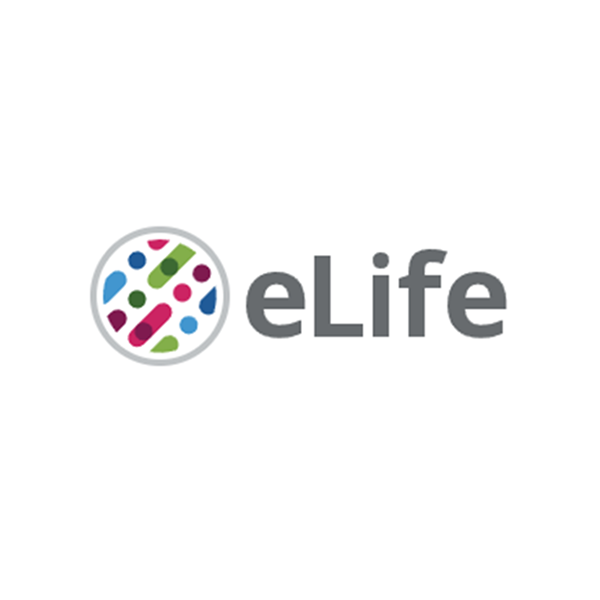
TissueMaker works with images acquired from most slide scanners and research microscope imaging systems.
Any single-plane group of images will work, whether they come from a slide scanner, brightfield or fluorescence wide-field microscope or confocal. TissueMaker can convert your multiplane images encompassing your entire section depth to a max projection or extended depth of focus single-plane image (i.e. using our free software MicroFile+) for ulterior analysis with TissueMaker.
Absolutely. TissueMaker uses the shape and image information to do the alignment irrespectively of the tissue, species, sectioning orientation, markers or labels you are using.
Yes. TissueMaker uses the shape and image information across multiple sections to detect laterality and flip the sections to the right orientation.
"I rarely have encountered a company so committed to support and troubleshooting as MBF."

Andrew Hardaway, Ph.D. Vanderbuilt University
"MBF Bioscience is extremely responsive to the needs of scientists and is genuinely interested in helping all of us in science do the best job we can."
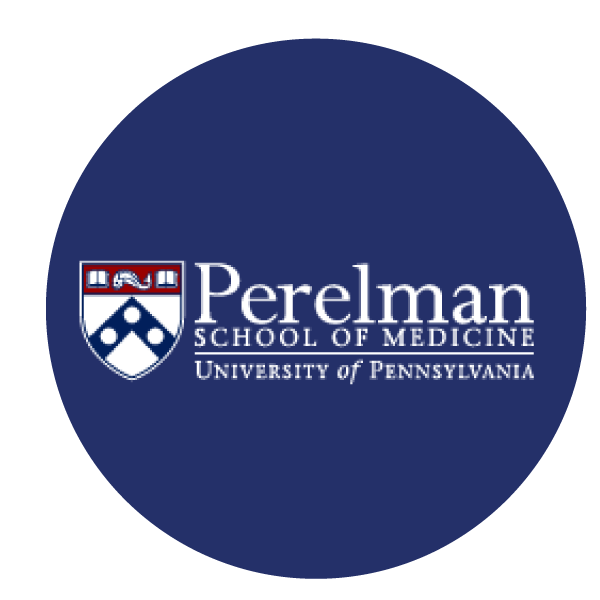
Sigrid C. Veasey, MD University of Pennsylvania
"I am so happy to be a customer of your company. I always get great help related with your product or not. With the experienced members, you are the best team I've ever met. All of your staff are very kind and helpful. Thank you for your great help and support all the time."
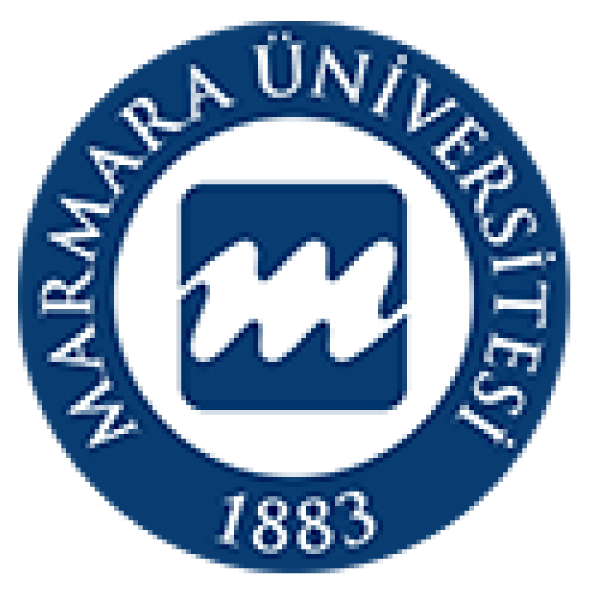
Mazhar Özkan Marmara Üniversitesi Tıp Fakültesi, Turkey
"We’ve been very happy for many years with MBF products and the course of upgrades and improvements. Your service department is outstanding. I have gotten great help from the staff with the software and hardware."
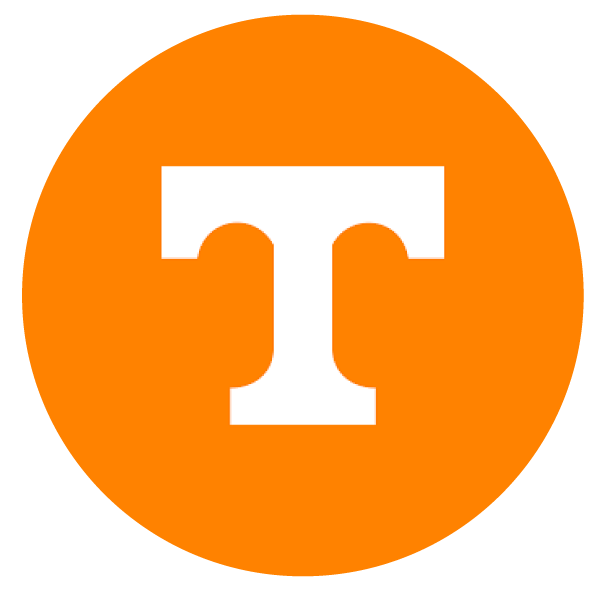
William E. Armstrong, Ph.D. University of Tennessee
"Our experience with the MBF equipment and especially the MBF people has been outstanding. I cannot speak any higher about their professionalism and attention for our needs."
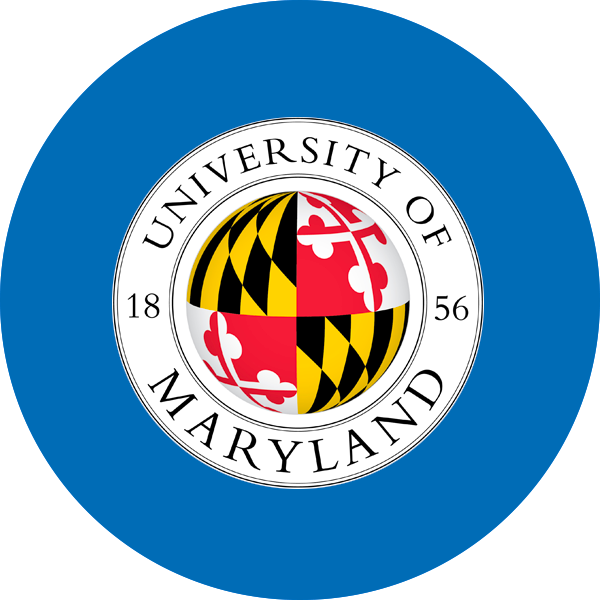
Bogdan A. Stoica, MD University of Maryland
"MBF provides excellent technical support and helps you to find the best technical tools for your research challenges on morphometry."
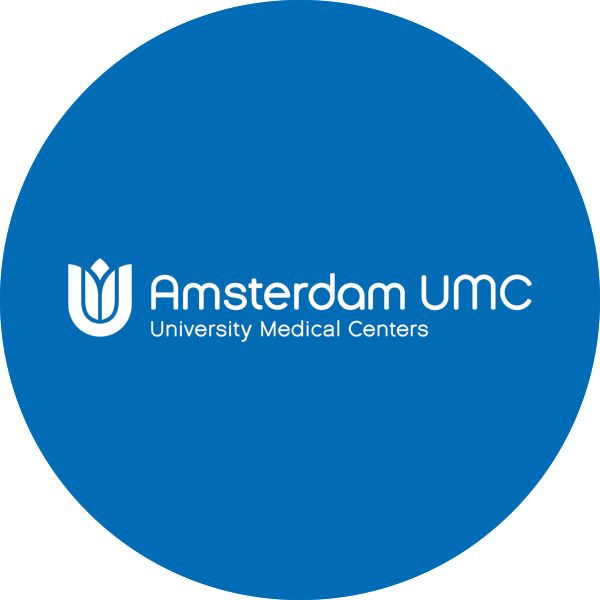
Wilma Van De Berg, Ph.D. VU University Medical Center - Neuroscience Campus Amsterdam
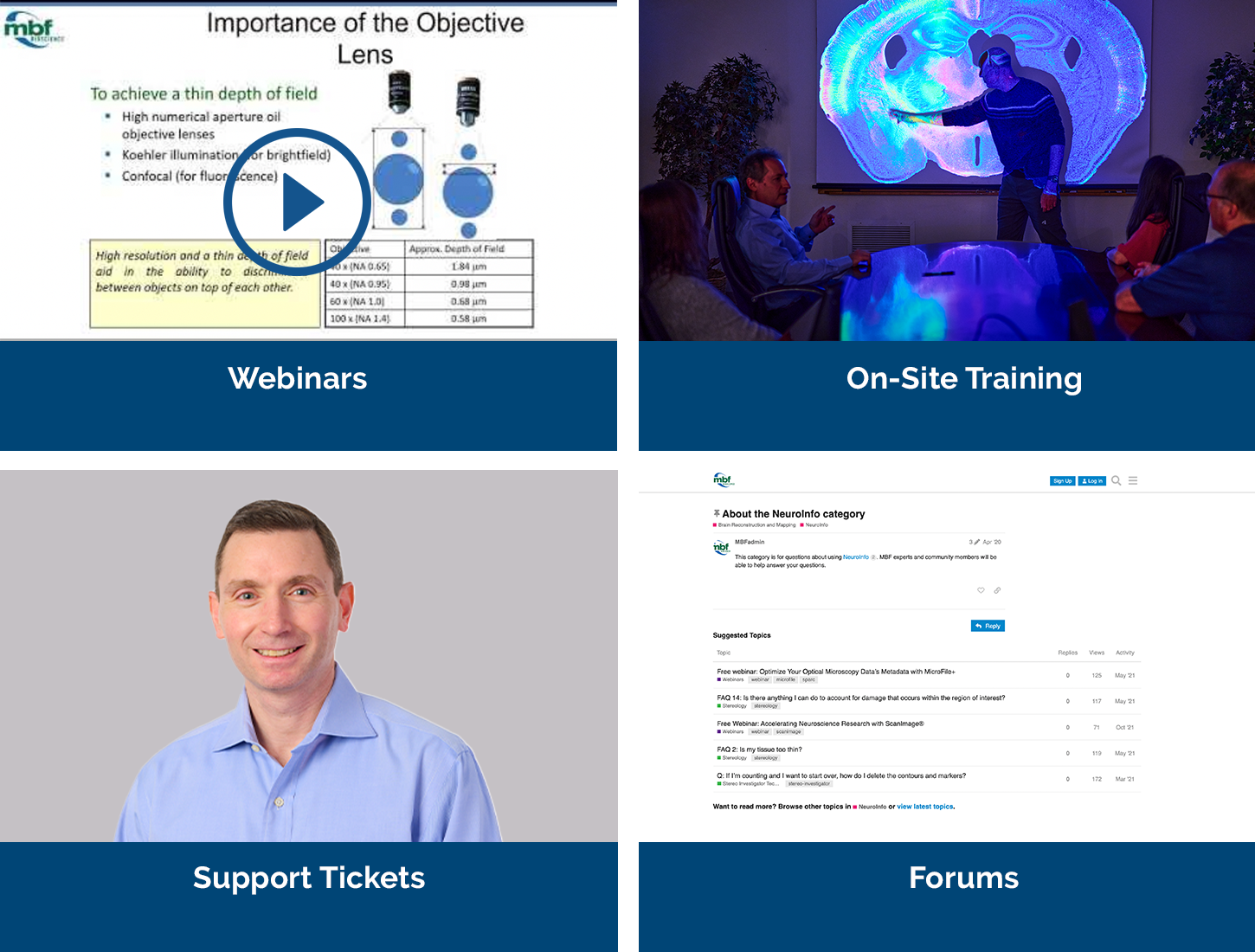
Our service sets us apart, with a team that includes Ph.D. neuroscientists, experts in microscopy, stereology, neuron reconstruction, and image processing. We’ve also developed a host of additional support services, including:
We offer both a free demonstration and a free trial copy of TissueMaker. During your demonstration you’ll also have the opportunity to talk to us about your hardware, software, or experimental design questions with our team of Ph.D. neuroscientists and experts in microscopy, neuron tracing, and image processing.
